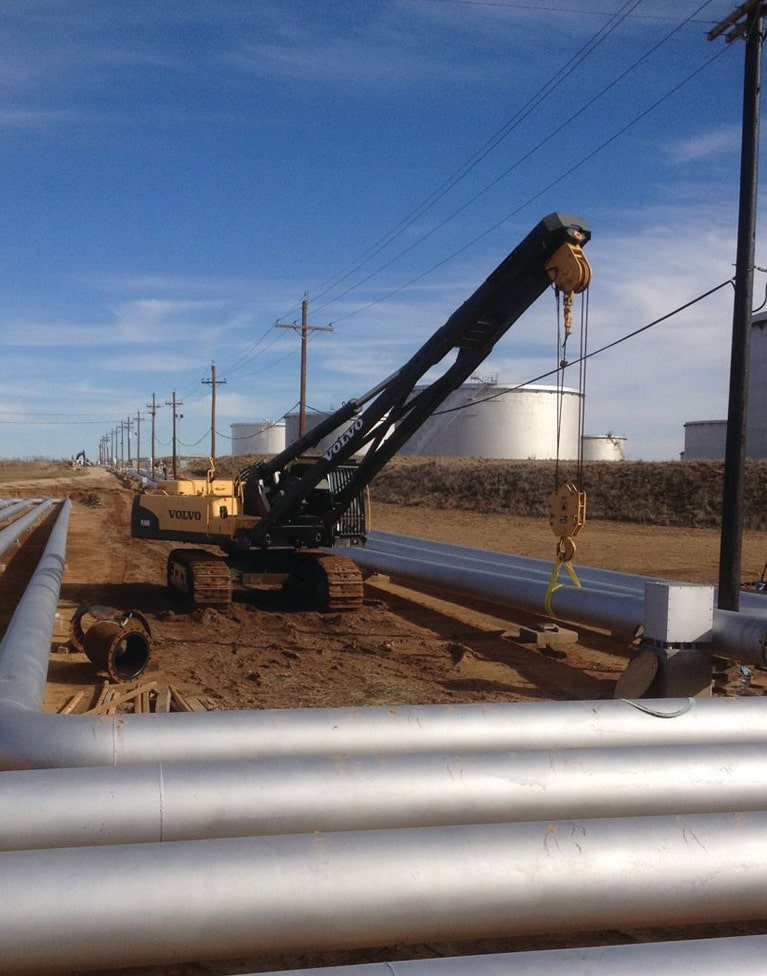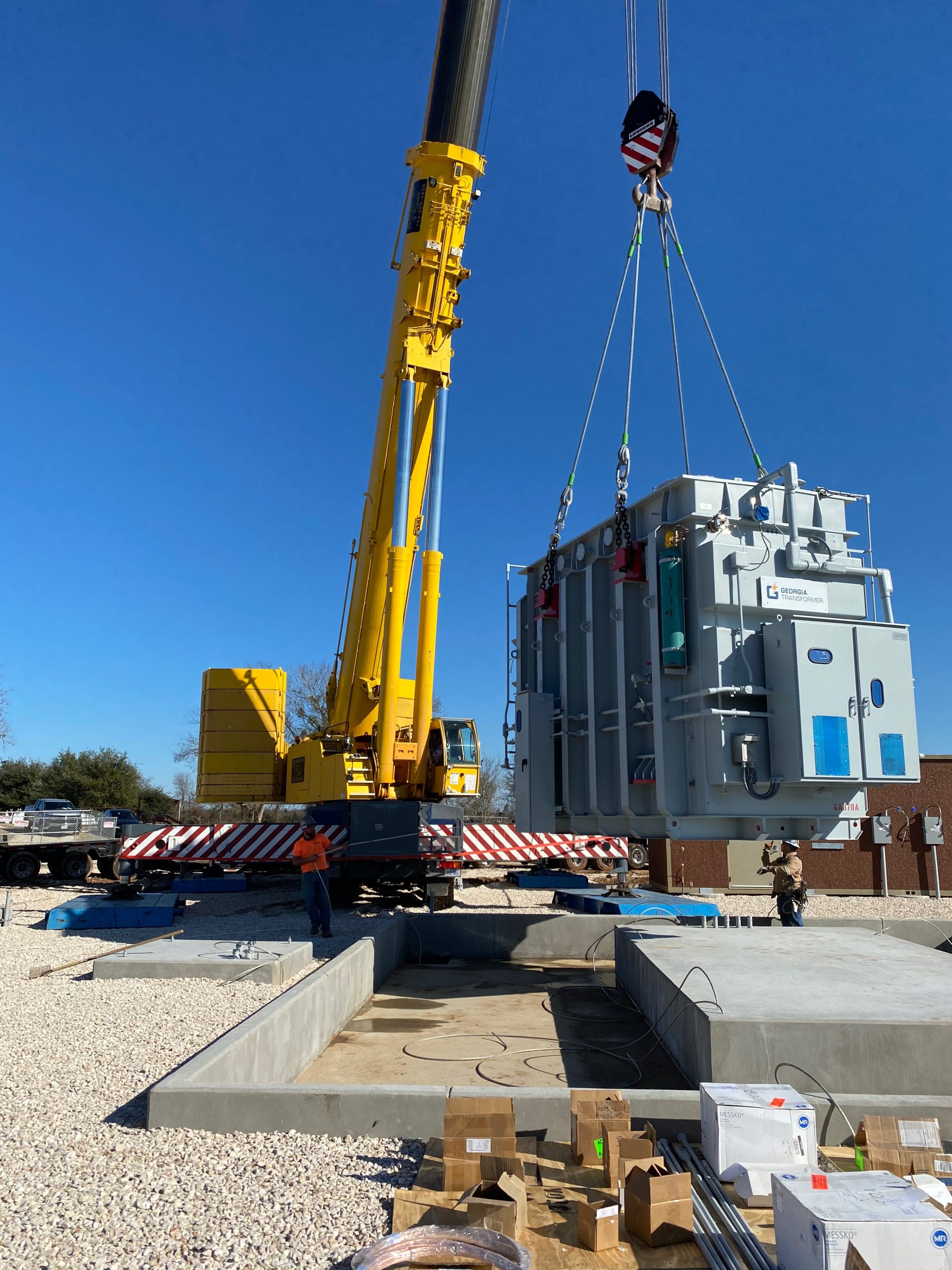
Heavy crane lifting has a critical role across various industrial sectors as it enhances productivity in construction, manufacturing, and logistics. The key to maximizing efficiency and safety is in using the right lifting equipment and adopting strong safety measures.
In this article, Bobcat Contracting LLC uncovers essential practices and types of equipment necessary for safe and effective heavy crane lifting.
Overview of Industrial Lifting Equipment
The success of industrial operations often lies in selecting the appropriate lifting equipment tailored to specific tasks:
Cranes
Cranes are seen everywhere in industrial operations as they are tailored for various environments and needs. Tower cranes are fixtures in skyscraper construction due to their ability to reach great heights, whereas mobile cranes bring flexibility to projects requiring mobility as they’re capable of transitioning between sites with ease.
Overhead Cranes and Hoists
In manufacturing plants and warehouses, overhead cranes streamline operations by moving heavy items efficiently over fixed paths and maximizing workspace utility. Similarly, hoists are important in both manufacturing and construction as they offer vertical lifting capabilities that help move materials across different elevations.
Forklifts and Pallet Lifters
Forklifts are integral to logistics as they can navigate tight spaces and lift heavy weights. This is crucial for loading and unloading processes. Pallet lifters work well with forklifts as they ease the handling and transportation of palletized goods and reduce manual labor.
Specialized Heavy Crane Lifting Accessories
The function of cranes can be enhanced with accessories such as jacks, which provide precise lifting capabilities for heavy machinery, and under-hook accessories like spreader bars and lifting beams that ensure the stability of heavy loads.
Implementing Rigorous Safety Protocols
Maintaining rigorous safety standards is crucial in heavy crane operations to prevent accidents and ensure that the equipment lasts:
Regular Maintenance and Inspections
A stringent routine of inspections and maintenance is essential for identifying issues before they become major failures. Not only does this ensure operational safety but it also extends the equipment’s service life.
Comprehensive Training Programs
Ensuring all personnel involved in crane operations are well-trained and certified provides a foundation for safe operation. This involves operational procedures, emergency responses, and routine checks, all of which are vital for maintaining high safety standards.
Adherence to Operational Standards and Load Limits
Strict adherence to load limits and operational protocols is non-negotiable. Overloading cranes can lead to major accidents which underscores the importance of following manufacturer guidelines and safety regulations.
Using Technology for Enhanced Safety and Efficiency
The integration of cutting-edge technologies has revolutionized the safety and efficiency of heavy crane operations:
Automation and Smart Systems
From remote-controlled hooks to automated load-sensing systems, modern cranes have features that minimize the need for direct human interaction which enhances safety. These systems provide precision in load handling and reduce the chances of operator error.
Advanced Communication Technologies
Advanced technologies can expedite clean and continuous communication during crane operations. These systems ensure that all team members are consistently informed about operational statuses and adjustments. This is critical for coordinating safe and effective lifting tasks.
Establishing a Safety-First Culture
Establishing and maintaining a safety-first culture within industrial operations is the basis for ongoing success:
Continuous Safety Training
Ongoing education and training reinforce safety practices and ensure all personnel are up-to-date with the latest operational techniques for heavy crane lifting.
Proactive Hazard Management
Encouraging proactive identification and management of risks by all team members establishes a collaborative environment focused on safety. Regular safety audits and hazard assessments are integral components of this approach.
Enhancing Operational Efficiency with Strategic Lifting Plans
Efficient crane operations require careful planning and strategy which can lead to more efficient and safer crane use:
Pre-Lift Planning
Creating detailed lift plans before the operation should include choosing the right crane for the job, determining the lift path, and identifying any obstacles. In addition, calculating the weight of the load accurately and confirming the crane’s capacity to handle it are steps that cannot be overlooked.
Real-Time Lift Monitoring
Utilizing technology to monitor lifts in real time can enhance efficiency and safety. Systems that provide live feedback on the crane’s status and the conditions of the lift can help operators decide when to adjust the operation as needed.
Post-Operation Analysis
After using a crane, conducting a post-operation analysis can provide information about the efficiency and safety of the lift. This can include reviewing any incidents that occurred, evaluating how the lift plan was executed, and gathering team feedback. This analysis is invaluable for improving operations in the future.
The Role of Personnel in Crane Safety
There are several strategies to mitigate human error and enhance safety through better management of personnel and practices:
Operator Fatigue Management
Crane operators often work long hours under mental and physical strain. Implementing strict guidelines on work hours, providing enough breaks, and using shift rotations can help manage operator fatigue, which in turn can reduce the risk of accidents.
Continuous Skill Development
Ongoing training and skill development for crane operators and other crew members ensure that everyone is proficient with the latest crane technologies and safety practices. Simulation training, workshops, and skill assessments can keep all personnel sharp and prepared for any lifting scenario.
Key Takeaways for Maximizing Safety in Heavy Crane Lifting
Effective heavy crane lifting is a multifaceted operation that involves the proper use of equipment, rigorous adherence to safety standards, and the strategic integration of technology. Following these guidelines can help companies enhance safety and improve efficiency and productivity across various industrial sectors.
Request a Quote for Heavy Crane Lifting Services with Bobcat Contracting LLC!
If you are looking for reliable, safe, and efficient heavy crane lifting services, look no further than Bobcat Contracting LLC. We are committed to providing industry-leading solutions tailored to your specific needs.
Contact us today to see how we can help improve your next project with our expert crane services!

